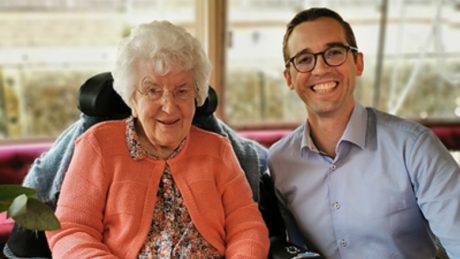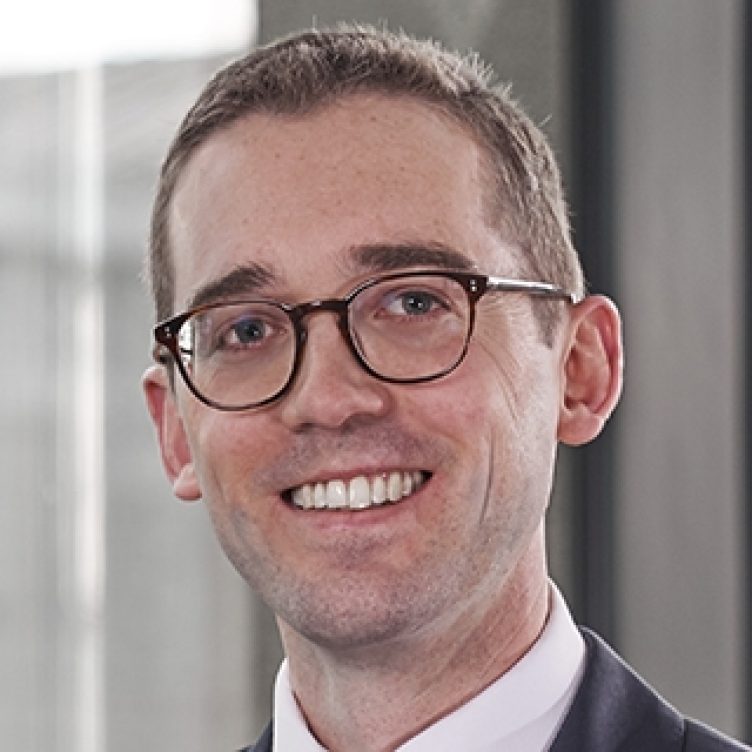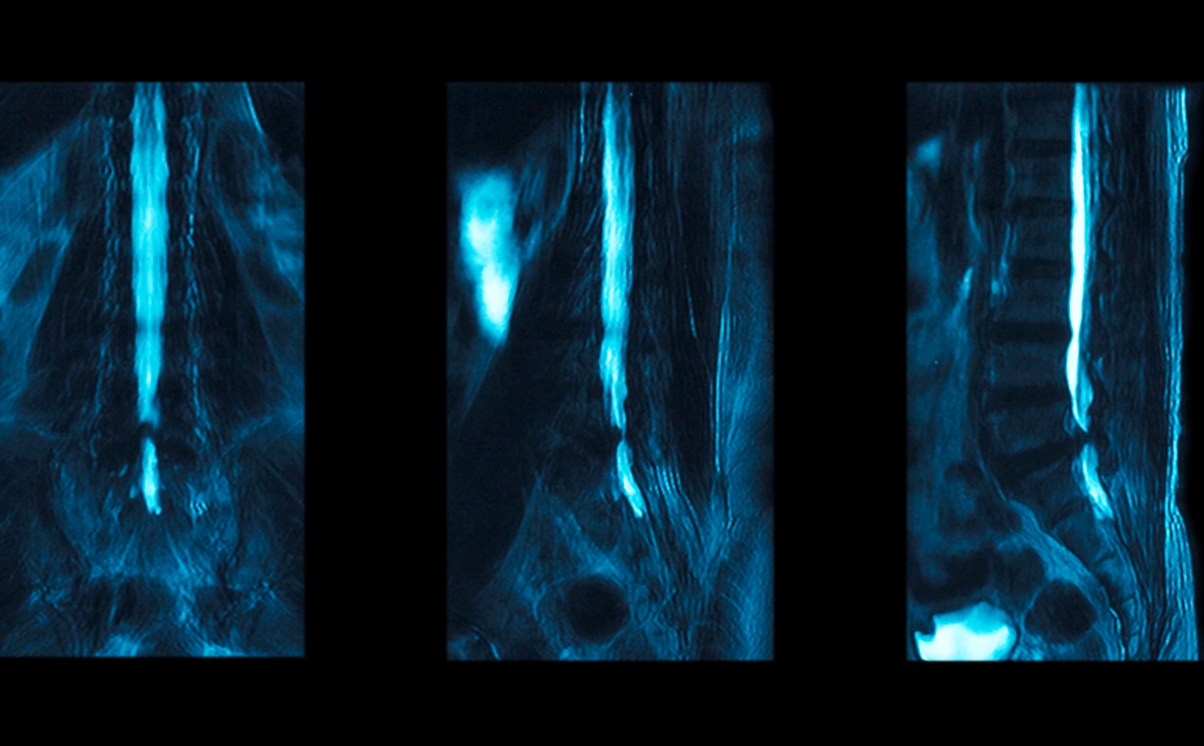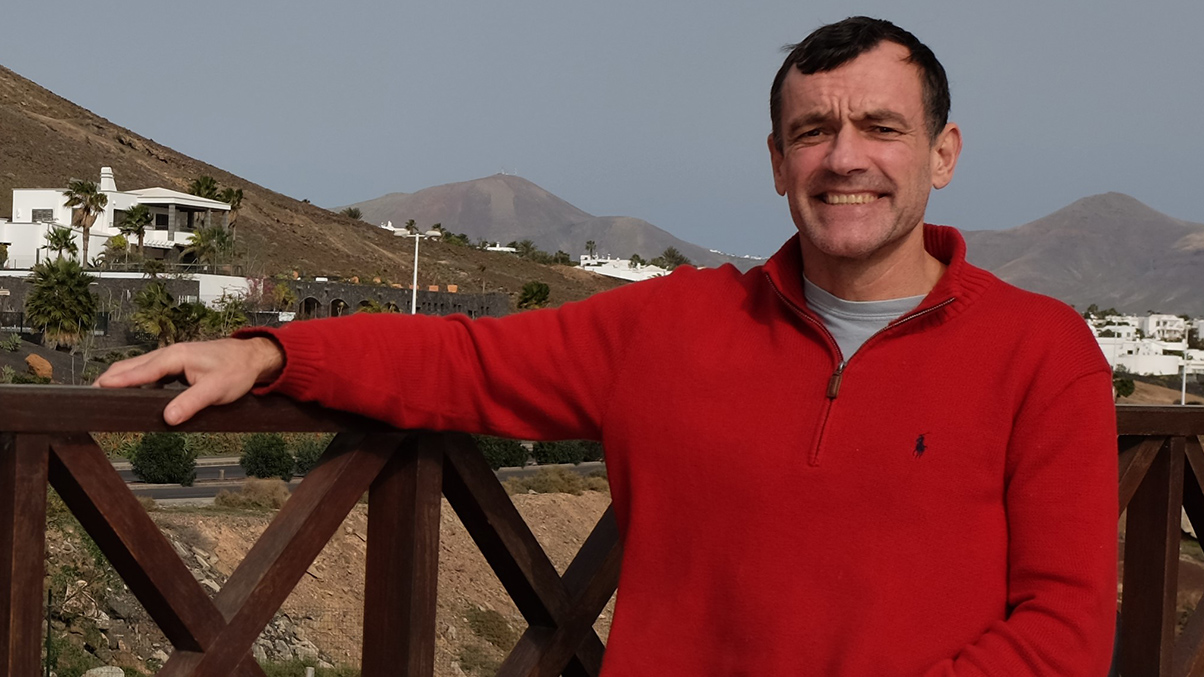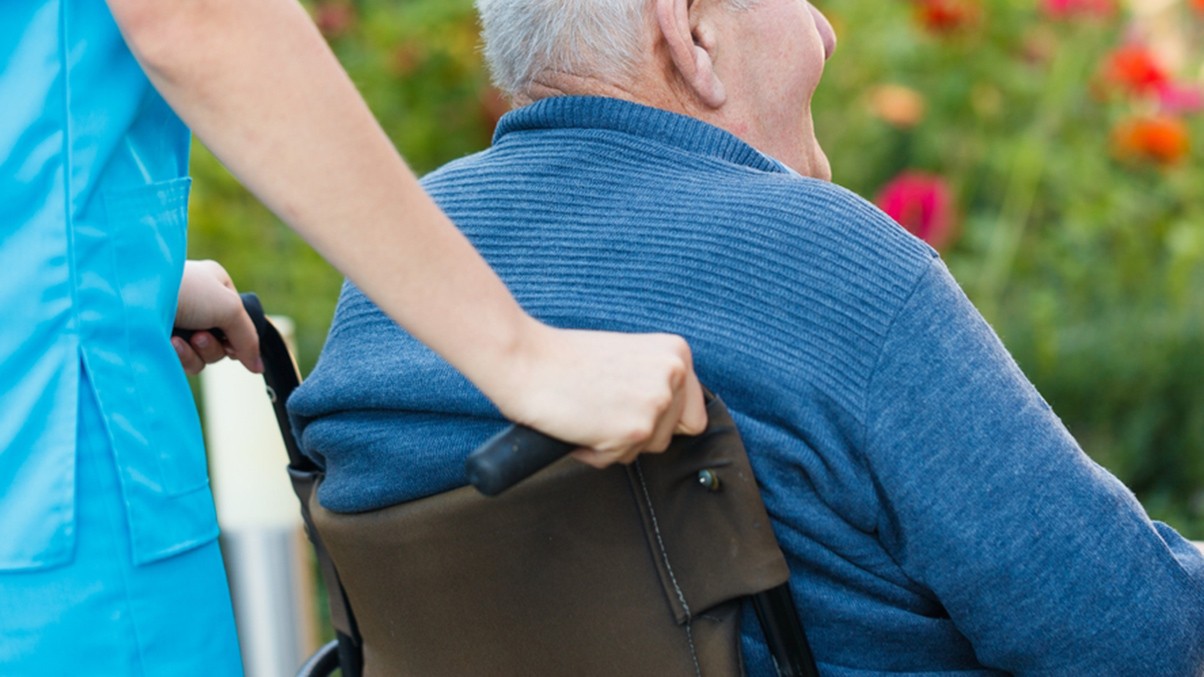Clinical Negligence partner Hugh Johnson recently met up with a former client, Mary, ten years after the settlement of her clinical negligence claim. Hugh was invited by Mary and her family to an event celebrating her 100th birthday. Hugh reflects on the difference the damages award has made to Mary and her family.
Mary instructed Hugh in 2009 to bring a clinical negligence claim against three hospitals that had treated her after a fall at home. Having initially denied liability, her compensation claim was settled in 2012.
Background to the claim
After an evening out with her family, Mary unexpectedly fainted at home, striking her head on the ceramic floor. The fall caused her to complain of pain in her neck. She was 89 years old at that time and living independently, had an active social life and took regular holidays abroad with her friends & family.
At her local hospital in Surrey, there was concern only for a possible injury to the hip. No X-rays or other imaging of the neck were undertaken. This led to an unstable spinal fracture being missed. Mary was discharged from hospital to her home, and over the coming days deteriorated with increasing pain and difficulty walking. She was admitted to another district hospital in Surrey.
As is commonly the case, complex neurosurgery is undertaken at a neurosciences unit rather than a smaller local hospital. Mary needed to be referred for immediate surgical review. Unfortunately, there were further delays and poor communication between the district general hospital and their neurosciences centre. The neuroscience centre failed to recognise the severity of the injury or to offer the option of surgery to stabilise the spine. As a result, Mary deteriorated whilst still in hospital and went on to develop an incomplete tetraplegia. She was then informed that her injuries were permanent and was provided with a wheelchair.
Mary was fortunate to have the option of rehabilitation at the London Spinal Injury Centre at the Royal National Orthopaedic Hospital (RNOH) Stanmore. When RNOH received her notes, the severity of her unstable spinal fracture was immediately identified. She was admitted and offered what was, by this time, high risk surgery.
Mary received first-class rehabilitation at the RNOH. She was supported with her spinal injury, worked hard at her rehabilitation and was discharged to a care home where she could continue daily physiotherapy and occupational therapy. Despite being a permanent wheelchair user, she was determined to progress. With an attitude of “I can and I will”, Mary gradually regained her ability to walk short distances with an aid. Her progress was slower due to her age.
Litigation
When Mary instructed Stewarts clinical negligence team, she was being discharged from hospital into a residential care home. She knew she could not return home to her pre-injury flat, which was on the first floor. Mary felt that her care and accommodation needs would best be met in the residential home she was to move to. The claim reflected those wishes. Provision was also made for Mary to take cruise holidays as she had before her injury.
The cost of Mary’s care was substantial, given her age and spinal injury. It was also possible the care costs could increase year on year. As such, the care costs were claimed on an annual index-linked basis (a periodical payment) rather than as a single lump sum. This has ensured Mary could manage the costs of care for the whole of her lifetime, whatever period that proves to be. A negotiated settlement was achieved with the defendant on that basis.
Life after injury
Mary’s damages award has permitted her to live in a CQC ‘outstanding’ care home since her injury, with specialist neuro-physiotherapy three times per week. She has also been able to purchase a bespoke powered wheelchair to ensure she is comfortable and can be as active as possible.
Since her injury, Mary and her family have been keen fundraisers and advocates for the needs of the spinal injured community. Mary has contributed to the programme at the Multi-disciplinary Association for Spinal Cord Injury Professionals (MASCIP) and worked with the Spinal Injuries Association (SIA) and Princess Alice Hospice to create an online training tool for professionals assisting spinal injury patients with end of life care: A Fulfilled Life – The Final Chapter’.
Mary’s daughter Leo said:
“Hugh, we will always owe you so much for winning Mary’s case so well. It has proved to be life-changing and life-enhancing for her. The funds have enabled us to keep her in pretty optimum conditions, which must have extended her life. It has enabled my sister Melanie and me to be daughters and social visitors rather than primary carers.”
Hugh comments:
“We do not always get the opportunity to meet with our former clients so long after a case has settled. I was delighted to participate in Mary’s birthday celebrations and to catch up with Mary and her family, learning what a difference the settlement has made and continues to make to her life.”
You can find further information regarding our expertise, experience and team on our Clinical Negligence pages.
If you require assistance from our team, please contact us.
Subscribe – In order to receive our news straight to your inbox, subscribe here. Our newsletters are sent no more than once a month.

